Rank Species | Genus Viola Higher classification Violet | |
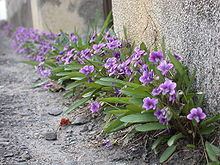 | ||
Similar Violaceae, Viola grypoceras, Violet, Pansy, Viola verecunda | ||
Ehagaki0033 viola mandshurica plant
Viola mandshurica is a perennial species of violet known by the common names dōng běi jǐn cài (zh:东北堇菜, meaning "northeastern violet," in China), jebikkot (ko:제비꽃, in Korea), and sumire (ja:菫, ja:スミレ in Japan, where V. mandshurica is considered the type species and other violet species have additional descriptors such as himesumire or nojisumire). Its specific name is derived from Manchuria, an area of its native habitat which has at different times in history included parts of modern China, Korea, Mongolia and the Russian Far East.
Contents
- Ehagaki0033 viola mandshurica plant
- Distribution
- Description
- Culinary uses
- Medicinal uses
- Cultivars varieties and formae
- Image galleries
- References
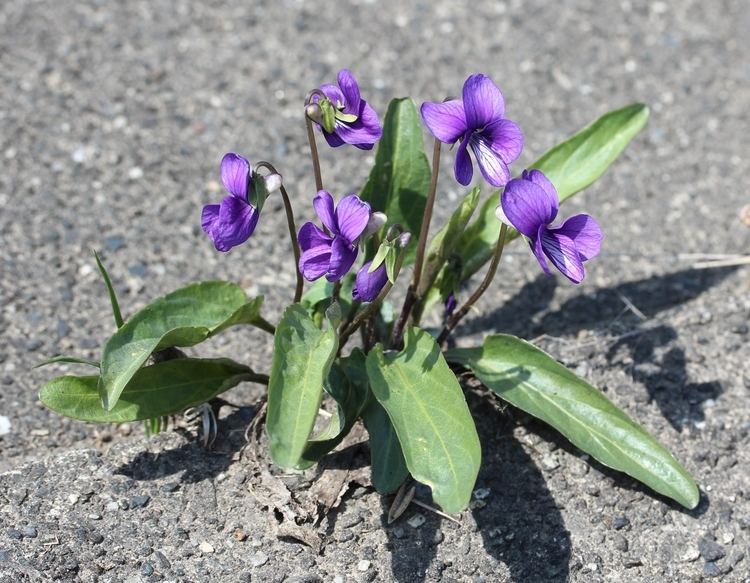
Distribution
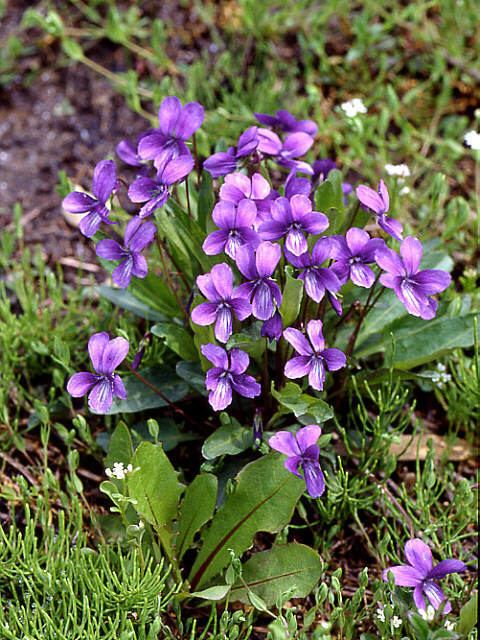
It is native to eastern Asia, being found as far west as eastern Siberia, throughout China (including Taiwan) and Korea, north into Russian North Asia (particularly in and around the Ussuri River Basin), and in much of Japan, including Okinawa. Across its range, this species occurs in a variety of habitats, from undisturbed woodlands to urban areas, and from low-lying plains to mountainous regions. A number of varieties have been developed by horticulturalists and are popular as garden plants. The wild form, and most named varieties and hybrids, prefer a semi-shaded location and humus-enriched soil that is not overly moist.
Description
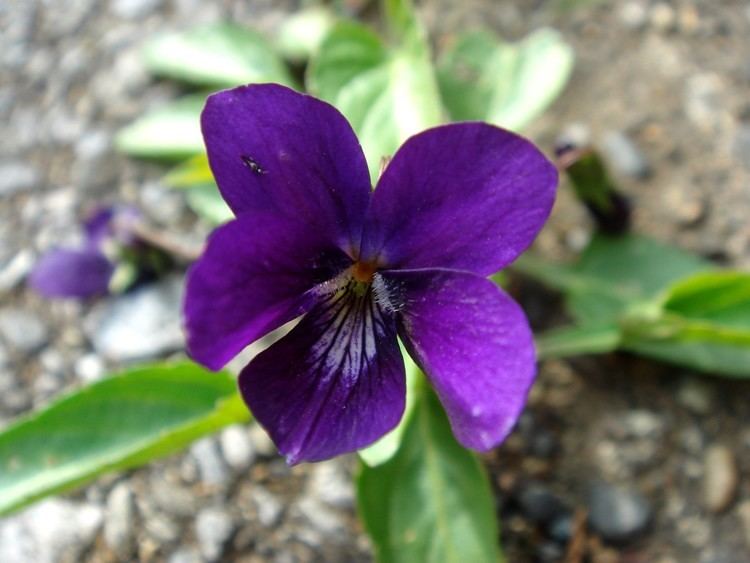
V. mandshurica, like many other viola species, does not have a true stem, with leaves and flowers each emerging directly from the ground (actually from its underground rhizome). Its rhizomatous roots are short and thick. The leaves are typically oval-lanceolate to lanceolate; while the color of the leaves is normally a medium green above and below, some cultivars, such as Fuji Dawn, have leaves variegated with white, yellow and/or pink spots, streaks or splotches.
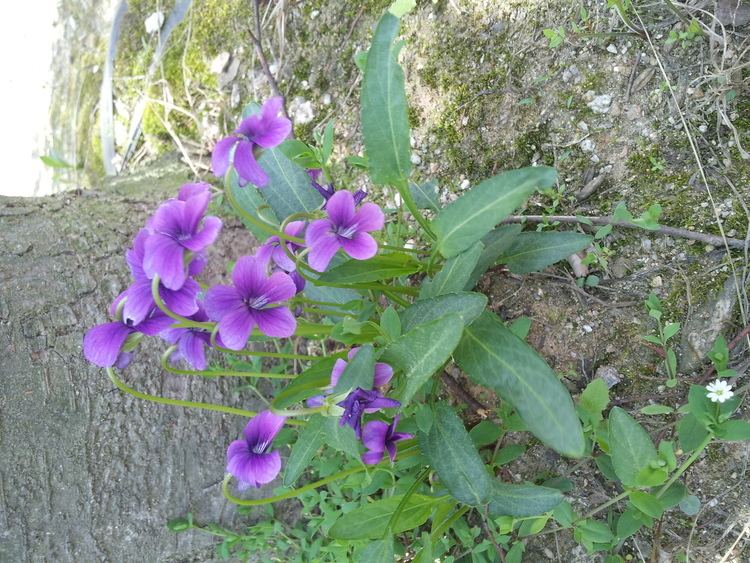
As a violet, its trumpet-shaped flowers have five petals and bilateral symmetry. The lowermost petal is often the smallest, and all petals are typically a rich purple hue, though this can vary due to local conditions or localized mutations, and in some varieties deliberately bred for differing appearance.
Culinary uses
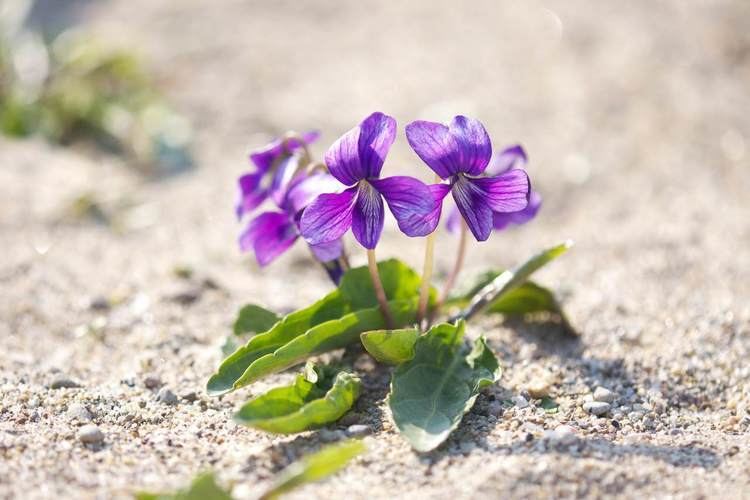
Flower pancakes, which may be made with the flowers of V. mandshurica among other species, are an essential part of the Korean Samjinnal festival celebrating the coming of spring.
Medicinal uses
Researchers have determined that various preparations of V. mandshurica have "potential antioxidant and anti-diabetic" properties; can be used to treat asthma by inhibiting inflammatory response, and could lead to development of anti-asthma pharmaceuticals using the same principles; can protect nerve cells from oxidative stress and even reduce apoptosis, which may lead to treatments for neuronal diseases; may be effective as an component of treatment for melanoma; and, due to its coumarin content, holds promise as a future treatment for osteoporosis, lymphedema and even HIV infection.
Cultivars, varieties and formae
Named subgroups of v. mandshurica include:
